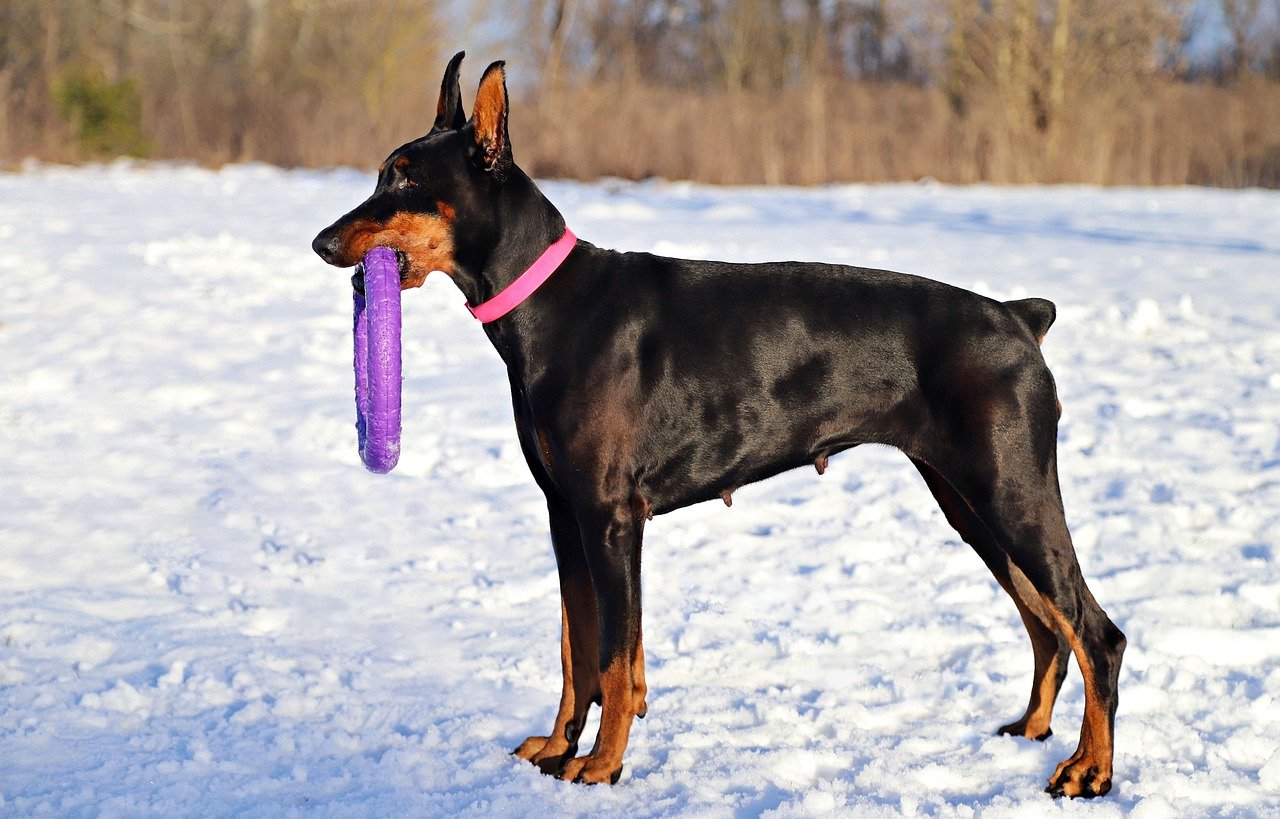When it comes to dog training, breed personality plays a huge role in how smoothly things go. Some breeds, like Border Collies and Poodles, are eager to please and pick up commands quickly. Others, like Bulldogs or Afghan Hounds, can be a little more stubborn or independent, which means you might need more patience and creativity. Understanding your dog’s natural temperament helps you tailor your approach—whether it’s using high-value treats, shorter sessions, or extra playtime as motivation. It’s not about intelligence; it’s about how your dog is wired to respond. The more you work with their instincts, the more fun and successful training becomes.
The Power of Instincts: Why Breed Matters
Every dog breed comes with its own set of instincts, often crafted by centuries of specific purpose. Think about Border Collies and how their eyes seem to lock onto anything that moves—herding is in their blood. Retrievers, on the other hand, have mouths so gentle they can carry eggs without cracking them. These instinctive traits influence how quickly dogs pick up commands or understand their roles in training. If you’re trying to teach a Beagle to stop sniffing and come when called, you’re up against generations of scent-driven curiosity.
Recognizing these built-in behaviors can save both you and your dog a lot of frustration. Instead of fighting their nature, training feels more like harnessing a river’s current—strong, sometimes wild, but ultimately guiding it in the direction you want. That’s why breed matters so much: it’s not just about looks; it’s about what’s happening inside.
Intelligence: The Double-Edged Sword
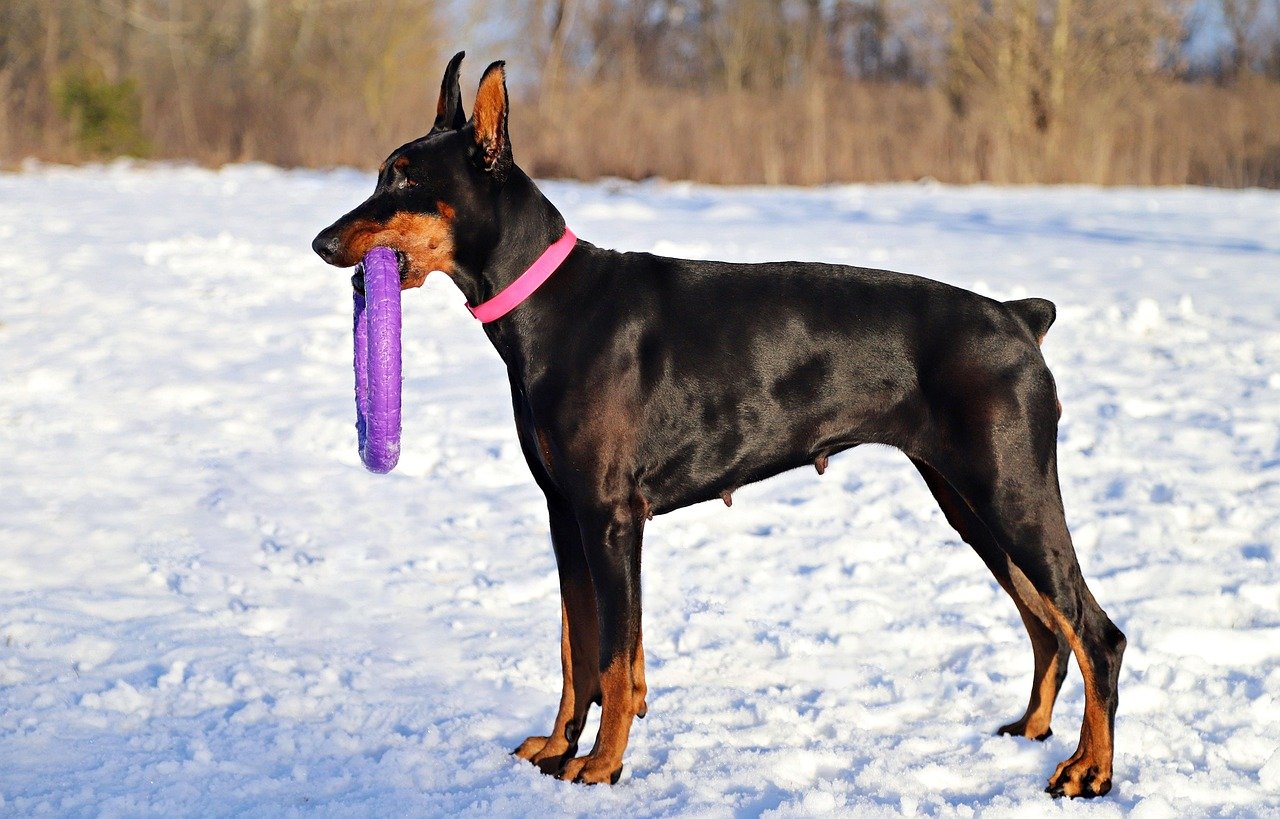
Some breeds, like Poodles and German Shepherds, are famous for their intelligence. This sharpness often means they learn commands quickly and remember routines, making training sessions feel magical. But here’s the twist—smart dogs also get bored. If you repeat the same exercise over and over, you might see them tune out or invent their own games. It’s like giving a clever child the same puzzle every day; eventually, they’ll want something more challenging.
This intelligence can lead to mischief if not channeled properly. So, while smart breeds might master “sit” in record time, they also need variety and mental stimulation to keep them engaged. Training becomes a dance, not just a drill—one that’s as much about keeping their minds busy as it is about teaching obedience.
Stubbornness Versus Willingness: The Training Tug-of-War
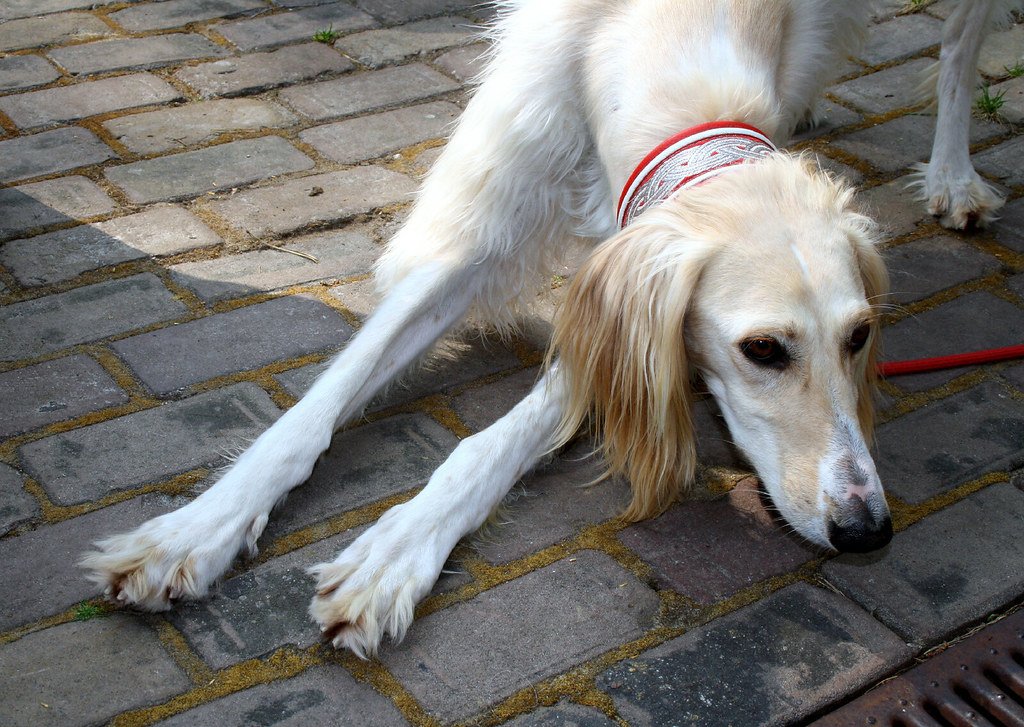
Ever tried to get a Bulldog to fetch? Or asked a Shiba Inu to heel? Some breeds come with a healthy dose of stubbornness, which can feel like trying to move a mountain with a spoon. But this isn’t just disobedience; it’s often a reflection of independent thinking. Breeds like Afghan Hounds were bred to make decisions on their own, far from their human partners.
On the flip side, breeds like Golden Retrievers and Labradors practically glow with a desire to please. Their eager-to-please attitude makes them champions in obedience classes. Knowing whether your dog leans toward stubborn or willing can help you tailor your approach—more patience and creativity for the strong-willed, plenty of praise and encouragement for the people-pleasers.
Energy Levels: The Training Fuel
Imagine trying to teach a couch potato to run a marathon, or convincing an Olympic sprinter to relax—energy levels matter in training. High-energy breeds like Huskies and Jack Russells thrive on fast-paced, active sessions. If their need for movement isn’t met, they might turn to destructive behavior out of sheer boredom.
Low-energy breeds, such as Basset Hounds or French Bulldogs, may need shorter, more frequent sessions. They learn best when training doesn’t feel like a chore. Matching your training pace to your dog’s natural energy level can mean the difference between frustration and fun—for both of you.
Sensitivity: The Emotional Side of Training
Some dogs have hearts as soft as their fur. Breeds like Shetland Sheepdogs and Whippets are famously sensitive, picking up on your mood with uncanny accuracy. Raise your voice, and they might shrink away; use gentle encouragement, and they blossom. For these breeds, positive reinforcement is crucial, and harsh corrections can set back progress.
More stoic breeds, such as Rottweilers or Chow Chows, may not react as dramatically to tone or temperament. Understanding your dog’s sensitivity can help you choose the right balance of praise, correction, and patience, making training a nurturing experience rather than a stressful one.
Social Drive: Training with a Pack Mentality
Some dogs are born social butterflies, while others prefer their own company. Breeds like Boxers and Beagles love being around people and other dogs, making group classes a breeze. Their sociable nature means they thrive on attention and praise.
Meanwhile, independent breeds like Akitas or Shar-Peis may focus better in quiet, one-on-one settings. Too much social stimulation can distract or overwhelm them. Knowing where your dog falls on the social scale can help you choose the most effective training environment—and save you from unnecessary headaches.
Vocal Tendencies: Training the Talkers and the Quiet Ones
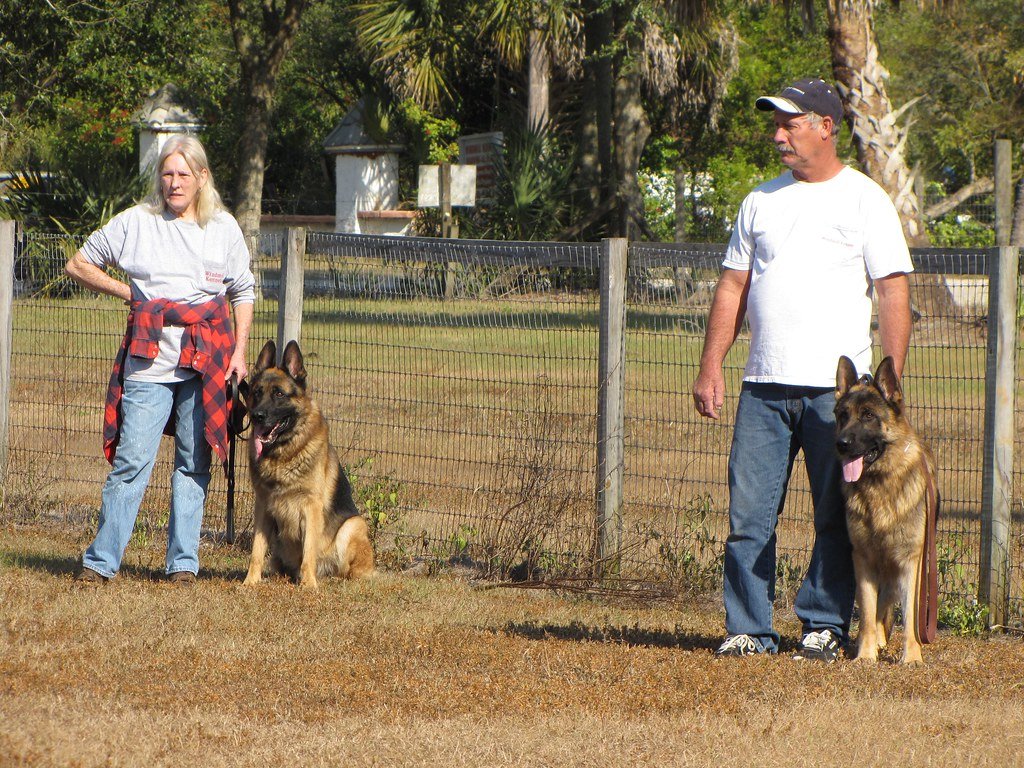
Ever tried to train a dog who loves to “talk”? Some breeds, like Siberian Huskies and Dachshunds, are natural communicators. Their barking, howling, or yipping can add a layer of challenge to training, especially in environments where quiet is golden.
Quieter breeds, such as Greyhounds or Basenjis, may not voice their opinions as much, but that doesn’t mean they aren’t engaged. Each type requires different strategies—talkative dogs might need to learn a “quiet” command, while quieter breeds may need more encouragement to express themselves during training.
Focus and Attention Span: Herding Cats or Herding Sheep?
Teaching a dog with laser-sharp focus, like a Belgian Malinois, can feel like a dream. Every word, gesture, and whistle lands. But breeds with shorter attention spans—think Terriers or some Toy breeds—require a more playful, fast-paced approach. Their curiosity is a double-edged sword, leading them to distractions but also making them eager to explore new training games.
Understanding your dog’s natural focus helps you design sessions that maximize their engagement. Sometimes, breaking up lessons into shorter bursts or using treats as lures can do wonders for easily distracted pups.
Fearfulness and Confidence: Building Trust Through Training
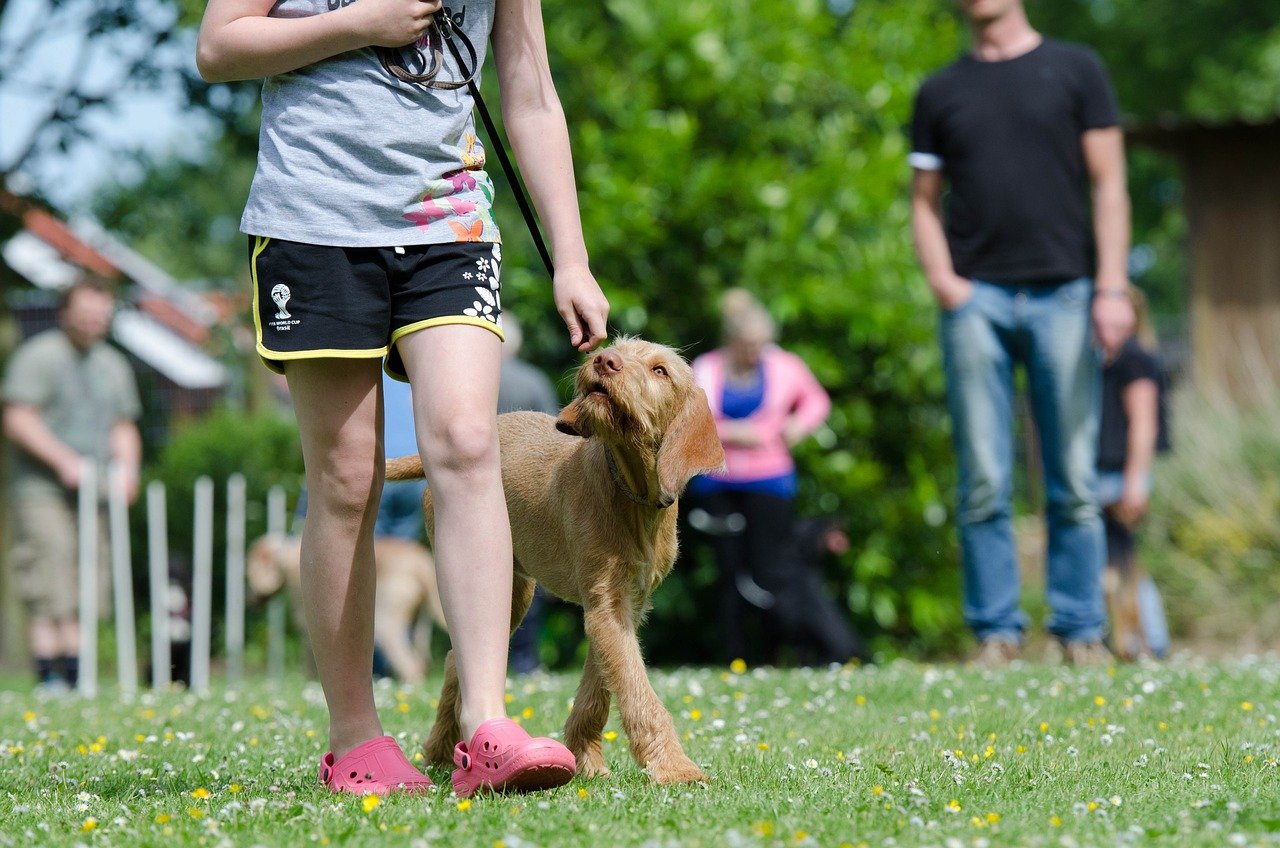
Some breeds are naturally wary, while others strut through life with unshakeable confidence. Fearful dogs, such as Italian Greyhounds or Chihuahuas, might shy away from new experiences or loud noises, making training environments a source of anxiety.
Confident breeds, like Dobermans or Staffordshire Bull Terriers, are often more willing to tackle new challenges. Training these dogs involves building trust at their own pace—using gentle exposure to new situations and plenty of positive reinforcement. A little patience goes a long way in helping timid dogs blossom.
Motivation: Foodies, Praise Lovers, and Players
Not all dogs are motivated by the same things. Some will do anything for a bit of cheese, while others light up at a simple “Good dog!” Breeds like Corgis and Beagles are famously food-oriented, making treat-based training a breeze. Others, such as Border Collies, might respond better to toys or the chance to work.
It’s essential to discover what truly motivates your dog. Sometimes, it’s a combination—treats for focus, praise for accomplishment, and play for bonding. The right motivator can turn even the most reluctant learner into a star pupil.
Patience: The Most Important Ingredient
No matter the breed, no two dogs learn at the same pace. Training is a journey, not a sprint. Some breeds may grasp new commands in days, while others need weeks or months. It’s easy to get discouraged, but patience is the secret ingredient that brings out the best in every dog. Embracing your dog’s unique personality and needs—whether they’re stubborn, sensitive, energetic, or chill—makes training not just a task, but a shared adventure.
Knowing your dog’s breed personality can make training feel less like a chore and more like teamwork. Every pup learns at their own pace, and when you match your approach to their natural instincts, things just click better. Whether you’ve got a stubborn thinker or a fast learner, patience and understanding go a long way. Embrace who your dog is, and training becomes a rewarding journey for both of you.

Andrew Alpin from India is the Brand Manager of Doggo digest. Andrew is an experienced content specialist and social media manager with a passion for writing. His forte includes health and wellness, Travel, Animals, and Nature. A nature nomad, Andrew is obsessed with mountains and loves high-altitude trekking. He has been on several Himalayan treks in India including the Everest Base Camp in Nepal.

